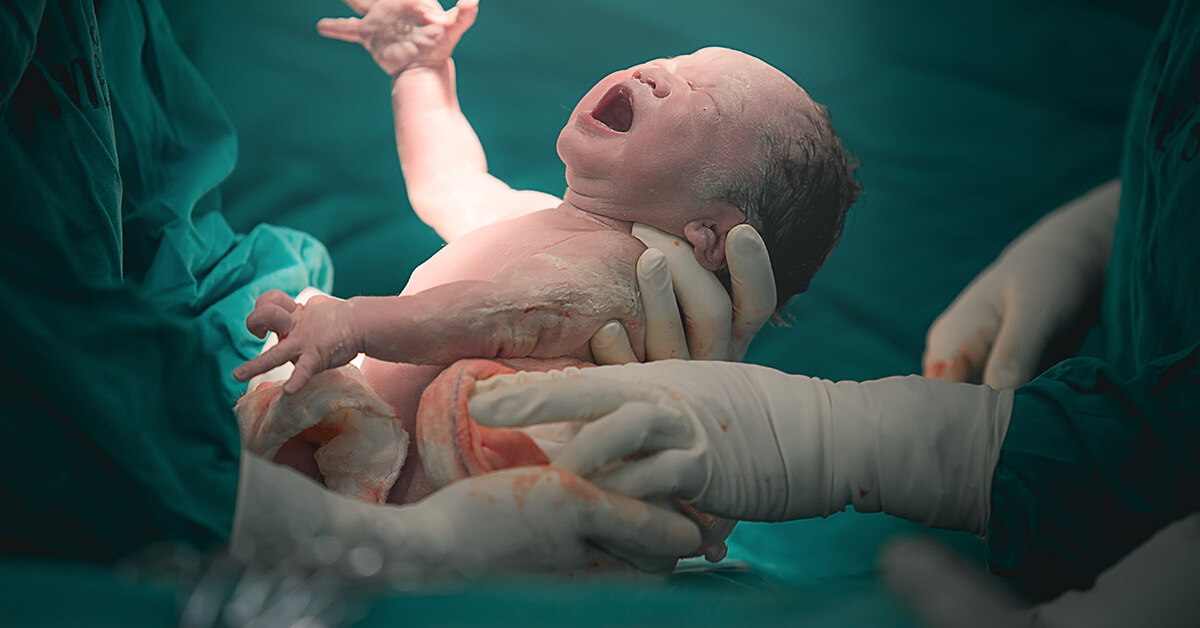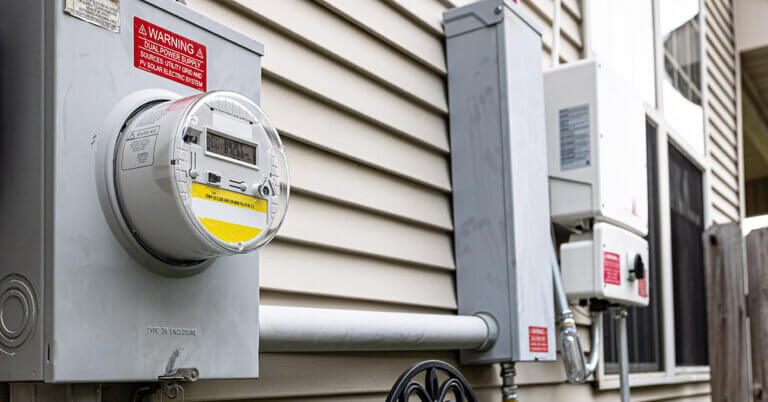July 23, 2025

Can the Market Save Maternity Care and Our Future?
My wife of 42 years is a former labor and delivery nurse and a nursing professor who taught obstetrical nursing at one of our local four-year universities. By marital osmosis, I know more about maternity care than your average adult male and certainly more than I ever wanted to know about moms and babies.
At the same time, it’s given me an appreciation for access to safe and effective maternity care. How we care for mothers who deliver our future friends, family and workforce is an indicator of our values as a society and as a country. Unfortunately, the current maternal and infant mortality crisis doesn’t say too much about what we value.
Two new studies suggest that both manmade and natural disasters aren’t helping.
The first study appeared earlier this month in Health Affairs. A team of seven health services researchers, led by the University of Minnesota, looked at changes in hospital OB services by state between 2010 and 2022. The study pool consisted of 4,964 hospitals that offered OB services sometime between 2010 and 2021 but didn’t in 2022. The hospital either shut down OB sometime over the previous 12 years or the hospital itself closed.
The researchers calculated the percentage of hospitals that lost OB services and the overall percentage of hospitals without OB services in each state. Here are some of the findings:
- 25% or more of hospitals in six states and the District of Columbia closed OB services by 2022.
- 60% or more of hospitals in six states had no OB services at all by 2022.
“Although obstetric unit closures can consolidate care at higher-acuity facilities, the loss of these units can increase distance to care for pregnant patients and eliminate obstetric care access for large geographic areas,” the researchers said. “Greater distances to care are associated with maternal morbidity and adverse infant outcomes.”
The second study was published in May in the International Journal of Environmental Research and Public Health. A team of four health services researchers, led by Drexel University, wanted to know how natural disasters affected access to healthcare services following the natural disasters. Their study pool consisted of natural disasters that hit 3,108 counties in the U.S. from 2000 through 2014.
The researchers correlated four degrees of infrastructure changes — never had, lost, gained and always had — with three degrees of natural disasters — minor, moderate or severe — for three types of healthcare services — hospitals, outpatient care facilities and pharmacies.
To make a long statistical analysis short, severe natural disasters were highly correlated with a decrease in the number of hospitals and outpatient care sites in counties after the natural disaster. In other words, after the disaster damaged or destroyed a hospital or outpatient care site, no one wanted to spend the money to fix or replace them.
“Rebuilding facilities after severe climate-related disasters is further complicated by financial constraints and coordination among governmental agencies,” the researchers said.
Interestingly, moderate disasters were highly correlated with an increase in hospitals and outpatient care sites. In other words, if the disaster wasn’t too bad, it created an opportunity to rebuild or move a facility to a more desirable location.
“This idea fits the notion that disasters can, in some cases, lead to (possibly unequal) redevelopment,” the researchers said.
But, with climate-change natural disasters getting more frequent and more severe, as we’ve experienced despite the MAGA climate-change deniers, it’s going to be more of the former than the latter. Disasters will leave more counties without access to care, including care for pregnant women and newborns.
With manmade and natural disasters taking their toll on maternity care, who’s going to step up for moms and babies? It’s certainly not going to be the Trump regime, which is pouring gas on the fire with its cuts to Medicaid and the ACA.
It will be up to the market to save maternity care in the U.S. We’ve profiled a few of those saviors in our How Healthcare Revolutionaries Think feature, including: Katie Kaney, Rebeckah Orton and Adrianne Nickerson. But we’re going to need more of them if we want to deliver our future friends, families and workforce safely into this world.
Thanks for reading.





